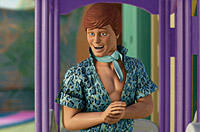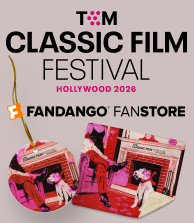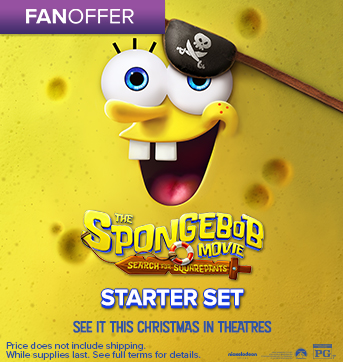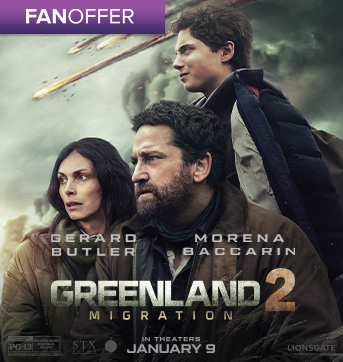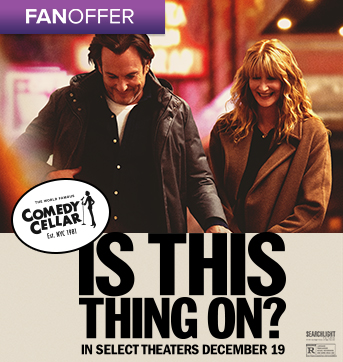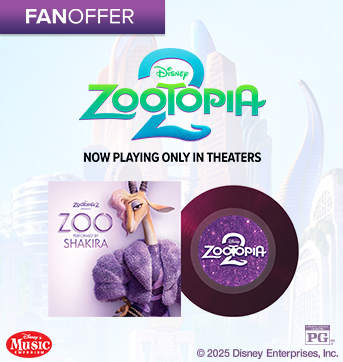 As one of the bigger Disney fans here at Fandango, I was thrilled to visit Pixar Animation Studios in Emmeryville, CA. I and a bunch of media outlets recently took a trip up to screen Toy Story 3, interview some of the cast and take a studio tour.
As one of the bigger Disney fans here at Fandango, I was thrilled to visit Pixar Animation Studios in Emmeryville, CA. I and a bunch of media outlets recently took a trip up to screen Toy Story 3, interview some of the cast and take a studio tour.
 At Pixar, they always have a few projects going at once. It takes about four years to complete each film – a complex process with different departments working on separate elements simultaneously, such as shading, lighting, and articulation. A simple hair swing, for example, is controlled by a simulator, but the animator covers the movement of the head. "All these departments work together," June said. That's one of the things we like the best—how we touch each other's talent."
At Pixar, they always have a few projects going at once. It takes about four years to complete each film – a complex process with different departments working on separate elements simultaneously, such as shading, lighting, and articulation. A simple hair swing, for example, is controlled by a simulator, but the animator covers the movement of the head. "All these departments work together," June said. That's one of the things we like the best—how we touch each other's talent." Posters from Andy's room covered another wall. Alba mentioned that they made a lot of conscious choices with the designed sets to convey the different characters. Personal involvement was a welcome enhancement. Actual children's drawings – including some made by animators' kids – were used in the daycare scenes of the film, and displayed around the studio.
Posters from Andy's room covered another wall. Alba mentioned that they made a lot of conscious choices with the designed sets to convey the different characters. Personal involvement was a welcome enhancement. Actual children's drawings – including some made by animators' kids – were used in the daycare scenes of the film, and displayed around the studio.